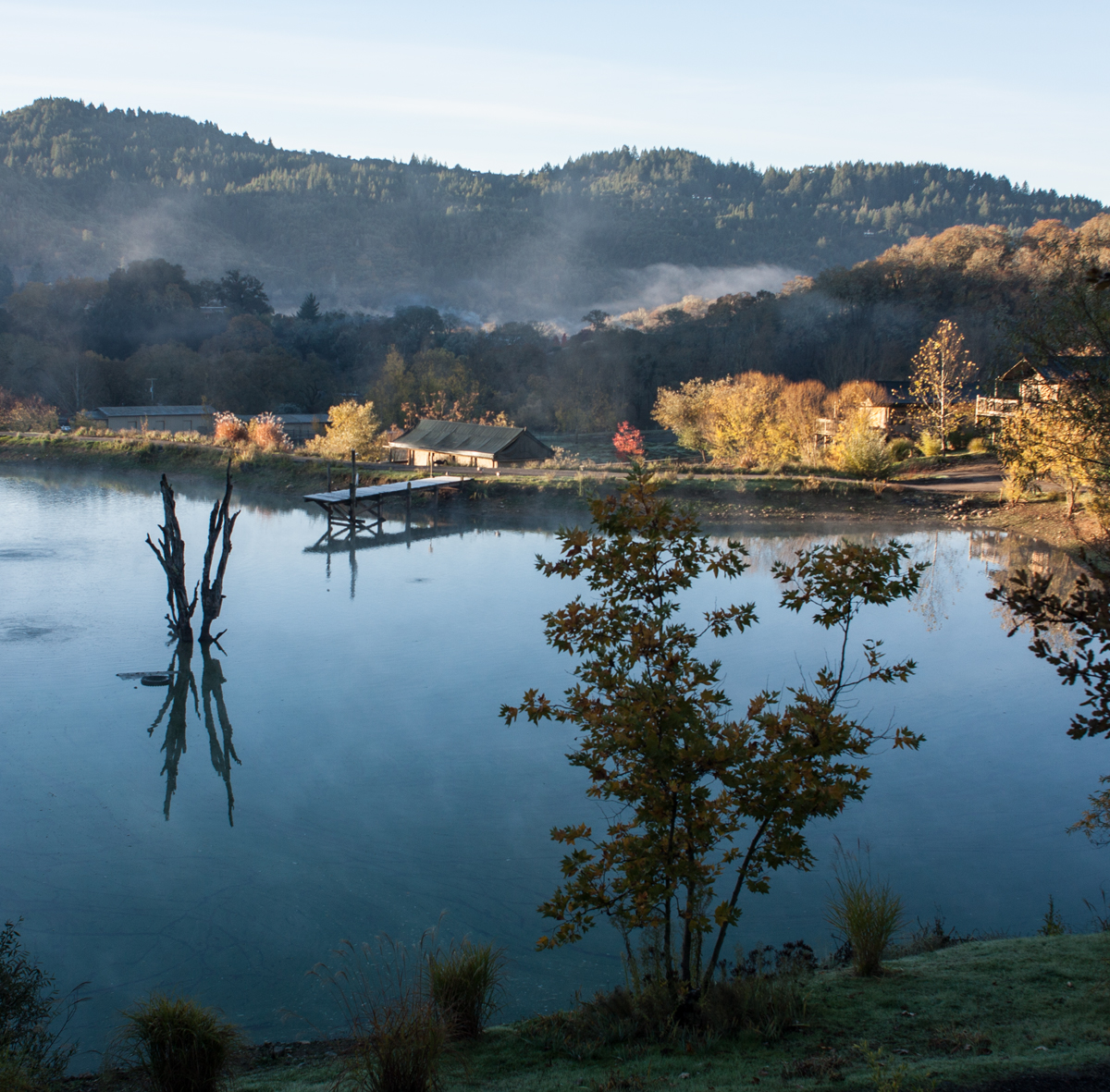Last month during a photography class, the teacher said one simple something that was the closest I’ve heard to a universal theory of photography. The photos that people want to look at, are the photos that change the world.
Whether through lighting, filters, camera techniques or lenses, photos that engage viewers are the ones that change the way the world looks. They capture something in a way that our eyes can’t, or the photographer has captured a scene often left unseen because the rest of us are in bed.
Let’s walk through some ways to do this:
1. The obvious, easiest route: black and white
Black and white photos, even bad ones, are interesting purely because we don’t see the world in high-contrast, black and white. This is what I mean about changing the world. Related: this is why Instagram filters are so addictive.



2. Shoot in macro
You know those food blog shots with the super close up of blueberries with like a drop of crisp dew or whatnot? They’re interesting, again, because that’s not how you typically see blueberries. The next time you see a plate of berries, or you’re at the farmers market and see a wonderful bunch of tomatoes, get up in there and take a hyper close up.

3. Play with aperture
Did you guess this was coming? Our eyes typically see the world at f5.6. Any f-stop that strays from that value will be instantly interesting because your eyes can’t do that. So, shooting with a very shallow depth of field (f2.8) will get you those blurry backgrounds people love to look at, as well as those shots of blueberries where the front blueberry is in focus, but the rest are blurry. Your brain is intrigued, because it’s not how the world usually works.


Conversely, shooting with a large depth of field (f14-f18) so that everything (close and far) is in focus will also be interesting because, again, your eyes can’t focus like that.

4. Play with focus
Sometimes, intentionally shooting out of focus is intriguing, particularly if that thing is a very pretty color. Your eyes can’t intentionally unfocus on an object. This is an urban public swimming pool made ethereal, purely through the use of focus.

5. Change the photo orientation
Our eyes fit laterally across our face, so we see the world in landscape. Switching to portrait is a departure from how we see the world, and the same goes for adding a slight tilt.

6. Take photos at unique times of day
The light, and environment, looks very different midday than in the first peak of sun at 6am. Do you know when most people see a lake? Right smack in the middle of the day. Taking a photo of that is maybe pretty but not interesting, because everyone has seen that exact same thing. Hauling yourself out of bed at the first hint of light, though, will get you a photograph of something that no one has seen before. If you’re not a morning person, then aim for dusk or sunset.



Can you think of other ways to change how the world looks? Once you start thinking this way, photography becomes much more like an artistic mind game.







